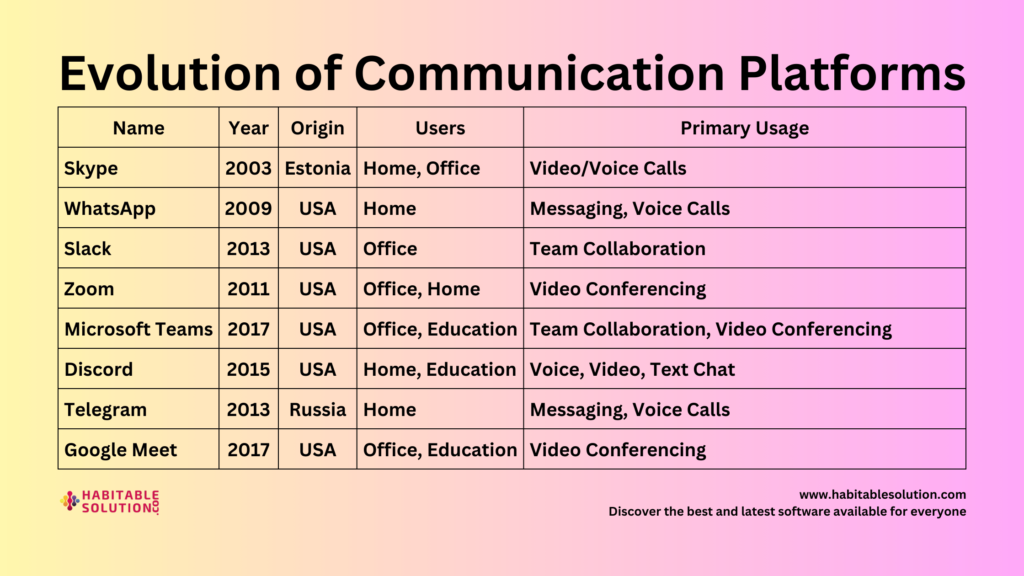You’ve watched the breach headlines, devoured blog posts, and maybe even enrolled in an online course—but deep down you know the only way to truly learn cybersecurity is to do, not just consume. In a recent Cyber Q&A (released Christmas Day!), seasoned professionals shared the exact projects that transformed their careers. Below, we’ve distilled that insider advice—plus our own expertise—into a roadmap of eight immersive, real‑world projects. Each one is designed to keep you hooked from start to finish, build tangible skills you can showcase, and boost your SEO‑optimized portfolio. Grab your lab coat (or hoodie), and let’s dive in.
1️⃣ Vulnerability Scanning with Nessus 🔍
“I did a whole project with Nessus,” one expert revealed
.
Why it matters: Nessus remains the industry standard for vulnerability assessment. By learning its interface and tuning its settings, you’ll understand how enterprise‑grade scanners detect missing patches, misconfigurations, and critical CVEs.
Project steps:
- Set up Nessus Community Edition on a Kali Linux VM or a dedicated server.
- Scan your home lab network (three VMs: attacker, victim, and a web server).
- Analyze the report: Identify high‑risk findings (e.g., outdated Apache modules, SMB vulnerabilities), and research corresponding CVEs.
- Remediate & verify: Patch or reconfigure the vulnerable service, then rerun the scan to confirm your changes.
- Document: Publish a 600‑word blog post with screenshots of the Nessus dashboard, highlights of critical findings, and your remediation plan.
Impact: You’ll grasp the end‑to‑end vulnerability management cycle—essential for roles in Red Team, Blue Team, and everything in between.
2️⃣ Cloud Pentesting in Microsoft Azure ☁️
“I set up a VM in Azure… and then I set up another VM which was the victim, then I pentested the victim VM, and analyzed the logs.
”
Why it matters: Cloud skills are non‑negotiable in 2025. Azure remains a top employer choice, and hands‑on pentesting in the cloud differentiates you from candidates who only know on‑prem tools.
Project steps:
- Create an Azure Free Tier account. Familiarize yourself with the Azure Portal.
- Deploy three VMs:
- Attacker VM: Kali Linux
- Victim VM: Windows Server with open RDP
- Logging VM: Linux with Elastic Beats installed
- Attacker VM: Kali Linux
- Simulate an attack: From your Kali box, exploit RDP misconfiguration or use Metasploit’s RDP module.
- Ingest logs into the ELK stack (Beats → Logstash → Elasticsearch → Kibana): Visualize the RDP brute‑force attempts and successful logins.
- Document & share: Write a 800‑word walk‑through, embed Kibana dashboard screenshots, and highlight how attackers slip past default network security groups (NSGs).
Impact: Demonstrates real cloud pentest methodology AND your ability to instrument logging and detection—a coveted Blue Team skill.
3️⃣ Red vs. Blue Home Lab: From Attack to Detection ⚔️🛡️
“Fine projects hands‑on really is where it’s at… tutorials for the projects…
”
Why it matters: Building a red/blue home lab teaches both offensive tactics and defensive controls in a controlled environment.
Project steps:
- Network topology: Create two VLANs in VirtualBox or VMware—one for red‑team, one for blue‑team.
- Red‑Team VM: Kali Linux loaded with Metasploit, Nmap, and custom scripts.
- Blue‑Team VM: Windows Server with Sysmon, ELK stack, and a Splunk Universal Forwarder.
- Attack phase: Launch a phishing simulation, exploit Metasploit payload, and establish a Meterpreter session.
- Defense phase: On the Blue‑Team VM, detect the attack using Sysmon logs, create an ELK dashboard showing process injection or unusual network connections.
- Playbook: Draft a triage and incident response playbook in Markdown—link to your GitHub repo.
Impact: This full‑cycle project highlights your ability to both compromise and defend—a Purple Team skill set increasingly demanded by employers.
4️⃣ Log‑Analysis Deep Dive with Splunk & ELK 📊
“Splunk—they have an entry‑level certificate for their dashboard and search… security, really anything that is log protection engineering.”
Why it matters: Logs are the frontline of threat detection. Mastering Splunk or ELK gives you a direct line to SOC roles.
Project steps:
- Install Splunk Free on your Logging VM or spin up Elastic Cloud.
- Ingest data sources: Windows Event Logs, Linux syslogs, network flow records (NetFlow or Zeek).
- Build searches & alerts:
- Detect multiple failed SSH logins (brute force)
- Identify suspicious PowerShell commands indicating lateral movement
- Develop dashboards: Create a real‑time summary of critical events and a drill‑down panel for suspicious IPs.
- Certify & document: Vanity certificate aside, publish a 1,000‑word guide on building a Splunk dashboard from scratch, including screenshots and SPL queries.
Impact: A polished log‑analysis project signals readiness for SOC Analyst and Threat Hunter positions.
5️⃣ Microsoft 365 Defender Showcase 🛡️
“I don’t know exactly, M365 is really good to learn… Defender, for example.”
Why it matters: Organizations are shifting security workloads to SaaS platforms. Proficiency in M365 Defender demonstrates modern security operations understanding.
Project steps:
- Sign up for an M365 E5 trial and enable Defender for Identity, Endpoint, and Office 365.
- Simulate threats: Use Postman or PowerShell to trigger malicious OAuth requests or download a test payload on an endpoint VM.
- Track the alert chain: Follow the attacker’s path across identity, email, and endpoint signals in the Microsoft 365 security center.
- Automate response: Create an automated playbook in Microsoft Sentinel to isolate the offending endpoint and disable compromised accounts.
- Publish: Write a 700‑word tutorial with screenshots of the Defender portal, detailing your detection logic and playbook configuration.
Impact: Confirms your ability to secure SaaS environments—critical for roles in cloud and enterprise security.
6️⃣ Build & Brand Your Personal Website 🌐
“I have a website—it’s in my Linktree in my bio on YouTube.”
Why it matters: A centralized portfolio with blog posts, project write‑ups, and a clear bio elevates your professional brand.
Project steps:
- Choose a platform: GitHub Pages, Hugo, or WordPress.
- Design essentials: Clean, mobile‑responsive layout with sections for Projects, Blog, and Contact.
- Publish your first five projects: Each with a featured image, a 300‑word summary, and links to deeper dive repos.
- SEO optimization: Use keywords like “Cybersecurity beginner projects 2025,” meta descriptions, and alt text for images.
- Analytics & feedback: Integrate Google Analytics and add a newsletter signup form to capture visitor interest.
Impact: Showcases not only technical skills but also your ability to communicate and market yourself—valuable for consultancy or client‑facing roles.
7️⃣ Capture‑The‑Flag (CTF) Quest 🎯
Why it matters: CTFs sharpen problem‑solving under pressure, covering topics from cryptography and reverse engineering to web exploits and forensics.
Project steps:
- Join platforms: Hack The Box, TryHackMe, OverTheWire.
- Track progress: Screenshot each completed challenge, note time taken, and write a 300‑word write‑up of your approach.
- Specialize: Focus on one category (e.g., pwnable or web) to build deep expertise.
- Share: Post your write‑ups on your blog or GitHub, tagging each with difficulty level and skills demonstrated.
Impact: Validates your hands‑on prowess and critical thinking—CTF podiums can even become resume highlights.
8️⃣ Threat Intelligence Pipeline with OSINT Tools 🕵️♂️
Why it matters: Collecting, analyzing, and operationalizing open‑source intelligence (OSINT) data prepares you for roles in Threat Intel and Cybercrime Investigation.
Project steps:
- Set up a VM with Maltego, TheHarvester, and SpiderFoot.
- Pick a target domain (e.g., your company’s parent domain) and harvest subdomains, email addresses, and related IPs.
- Correlate data with Shodan queries (e.g., hostname:target.com) to find exposed services.
- Enrich findings with VirusTotal and AbuseIPDB, noting malicious verdicts.
- Automate your pipeline with Python: save results to a CSV and generate a weekly PDF threat report.
- Share: Upload a 1,200‑word report and Python script to your GitHub.
Impact: Demonstrates end‑to‑end threat intelligence capability, from data gathering to reporting.
🚀 Final Thoughts
Embarking on these eight projects will not only arm you with practical cybersecurity skills but also fill your portfolio with compelling, SEO‑friendly content—each piece punctuated with visual icons, real‑world context, and detailed write‑ups. By the end, you’ll have more than “completed tutorials”; you’ll have crafted stories of discovery, challenge, and resolution that hiring managers can’t ignore.
🔑 Next step: Pick one project today. Set up your lab, run your first scan, or launch that Azure VM—then document every step. Your future self (and your resume) will thank you.
People also search for:
- What are some good cybersecurity projects?
- Cybersecurity projects for final year students?
- Project ideas
- How do I start my cybersecurity journey?
Written by Tahsin Tariq | habitable Solution





